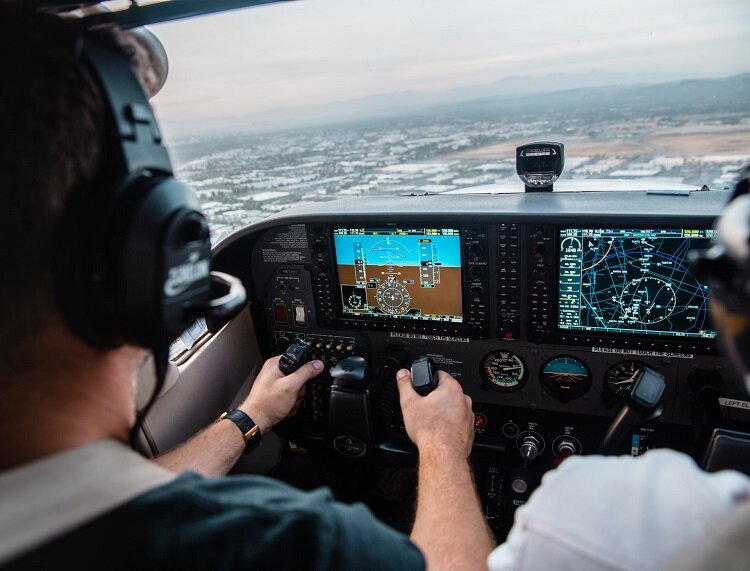Want To Turn Your Childhood Flying Aspiration Into Reality? Find Out How

A child is influenced by what he sees because they develop concerning the surroundings in their formative years of identity creation. While grown-ups generally appreciate the movie Top Gun’s well-choreographed aerial encounters, a child can make it his ambition to be a U.S. Navy Pilot like Pete “Maverick” Mitchell. When a mature man, he may not have become a U.S. Navy Pilot but can still fly a private plane with adequate training.
You can fulfill your childhood flying aspiration. Keep reading to find out how.
-
Be ready with documents for application
Keep your U.S. or alien citizenship documents ready for flight training application. If you’re an alien flight student, completing the Alien Flight Student Program (AFSP) application is a requirement of the Transportation Security Administration (TSA) to ensure that you’re no threat to aviation or national security.
You can fly solo when 16 years old but have to be 17 years old to officially receive a private pilot certificate. You must have a basic mathematical ability, be proficient in English, and have a third-class medical certificate. Once you meet these requirements, you’re ready to get into a private pilot course.
-
Get the basics right with ground school
When it comes to flight training, the ground school covers a wide range of topics, such as aerodynamics, flight training, weather, and navigation. The ground school classes take about four weeks to complete and can also be done virtually. You will most likely get some virtual flight experience with some flight simulator training. This step is crucial for the next practical testing of flight training. Once you finish ground school, you will have to pass the Federal Aviation Administration (FAA) written exam.
-
Finish 40 hours of actual flight training
You must complete 40 hours of actual flight training with a flight instructor. He will train you with various maneuvers and requirements of flying in the daytime as well as at night. Although 40 hours is mandatory, a student pilot can require a longer time to perfect their flying skills and gain confidence. The skills can be practiced and perfected in a simulator as well.
-
Proceed with your check-ride
This final step of flight training is the litmus test for your knowledge of an actual flight experience. Once your instructor signs off on you after the flight training, he assigns you an FAA examiner for a final check-ride. In this time with the FAA examiner, you must show him your skills with flight planning, fly maneuvers, air traffic control, pilot-passenger communication, etc. You should be able to follow the examiner’s instructions. When you pass the check-ride with flying colors, you earn the status of a private pilot.
Difference between an airline pilot and private pilot
To become an airline pilot, it takes approximately two years to cover 1,500 hours of flight time. A private pilot, on the other hand, flies when he wants to with the minimal necessary training hours. Commercial pilots require a higher license with more extensive training. They are trained to deal with critical situations and manage a flight. Another simple difference is that commercial pilots get paid to fly, whereas private pilots pay for their personal flying experience. The most exciting commonality between these two is that it is a treat and enjoyment for the pilots no matter what. Simply being off the ground can give them wings!
Conclusion
If you’ve always wanted to touch the sky, both metaphorically and literally, flying an airplane is the closest thing. So get going and join a private aircraft pilot training academy!